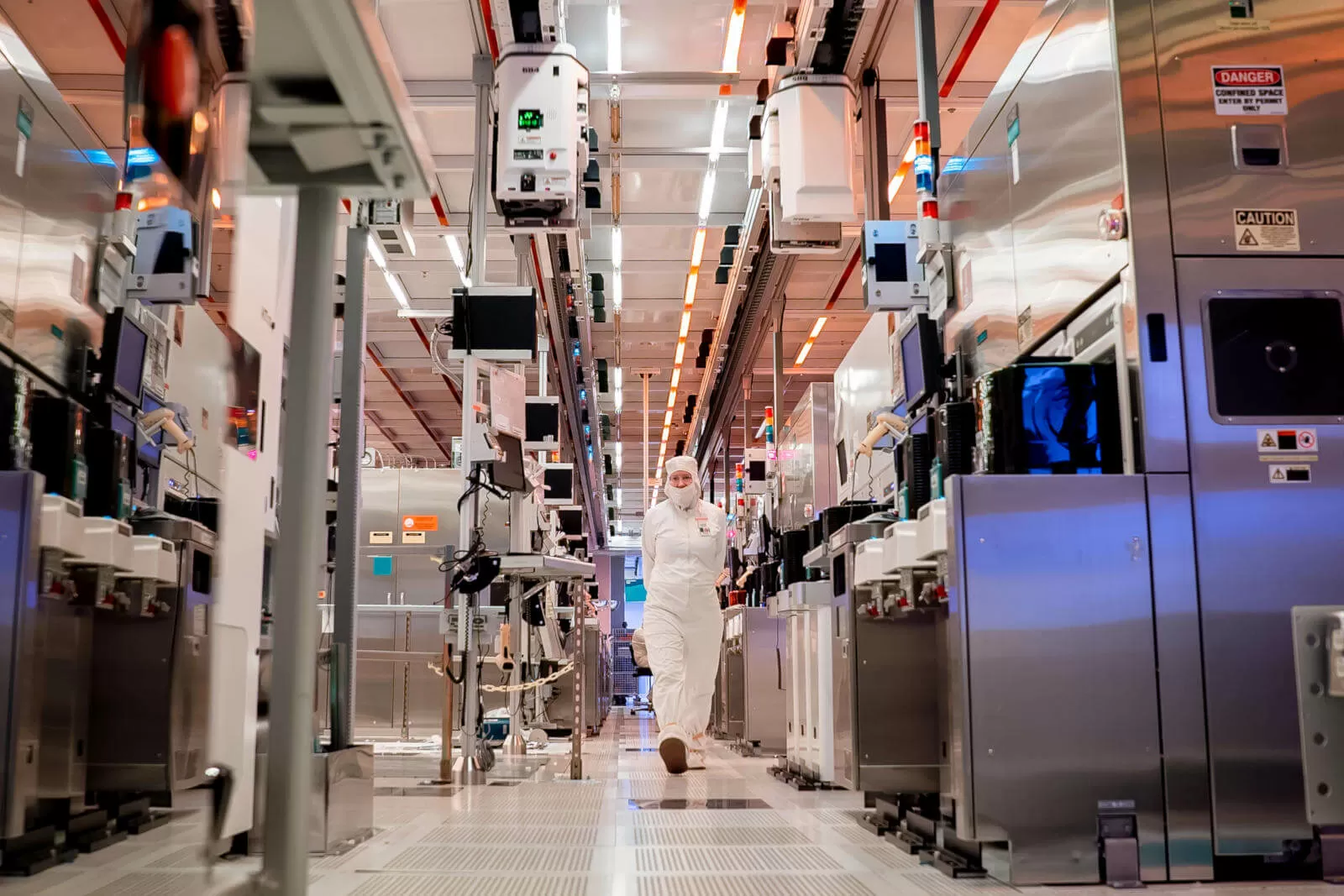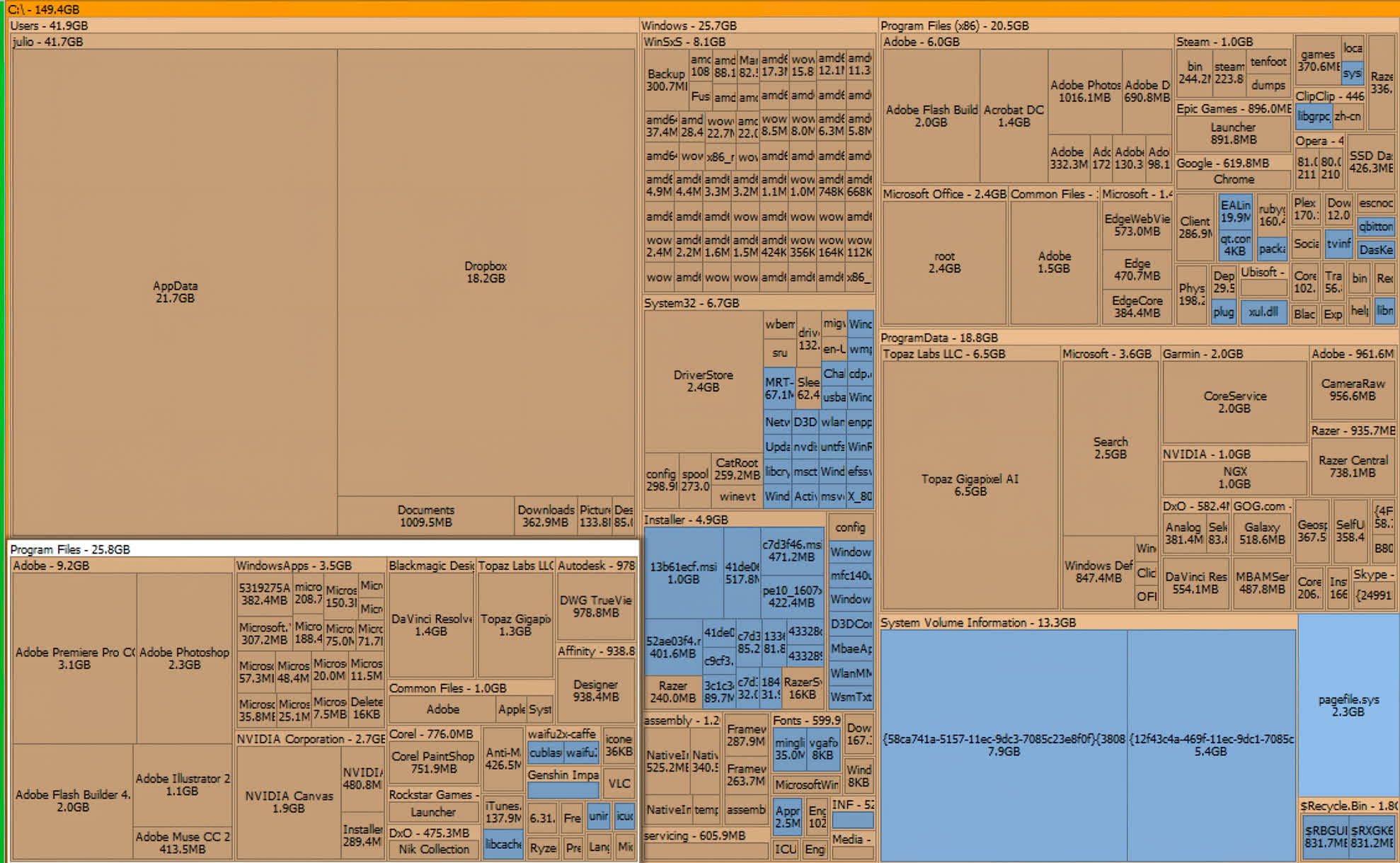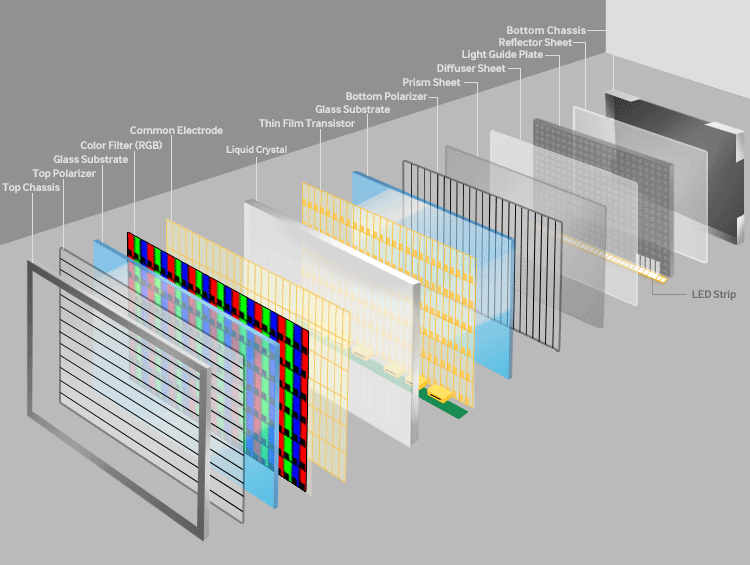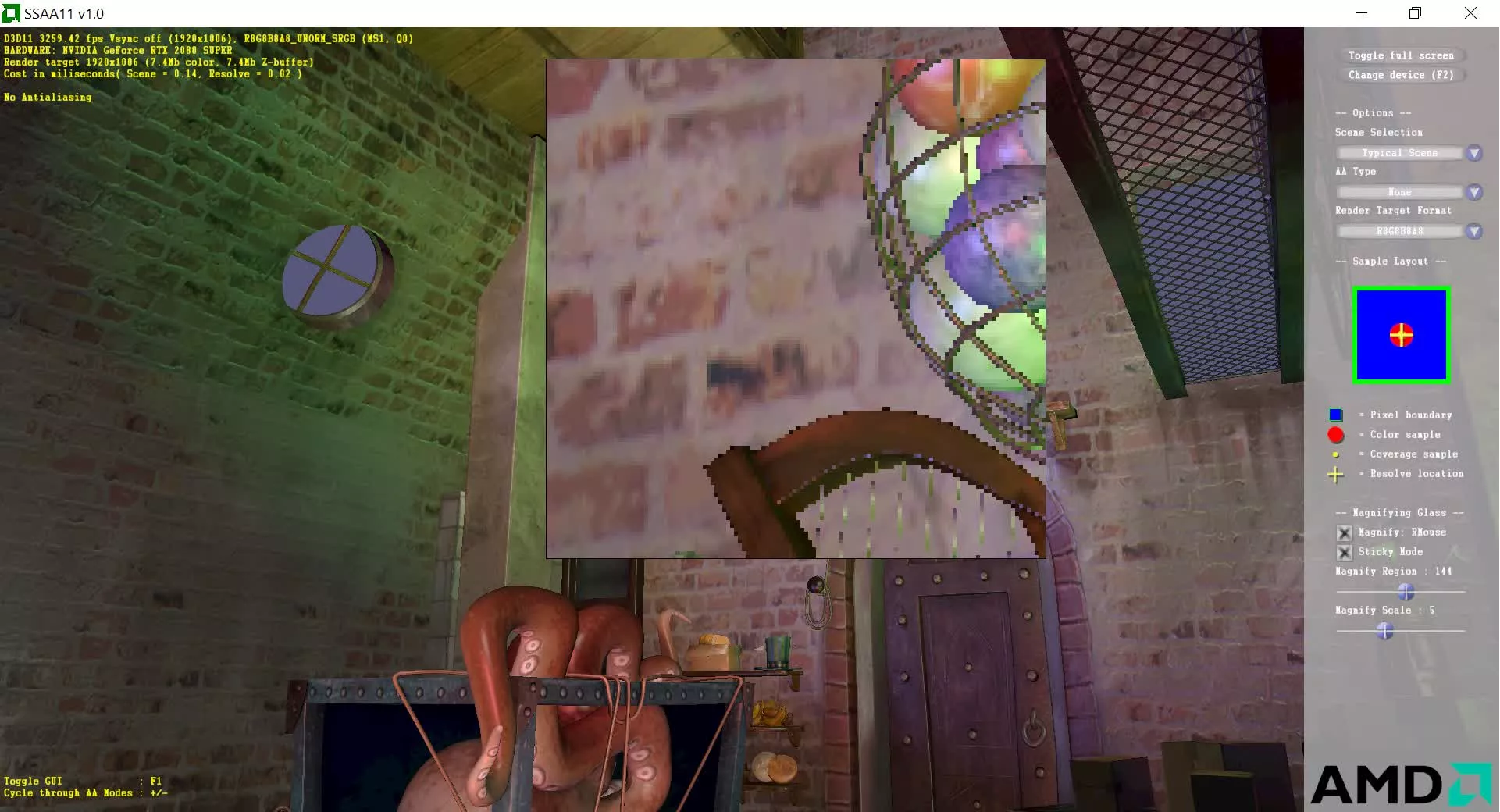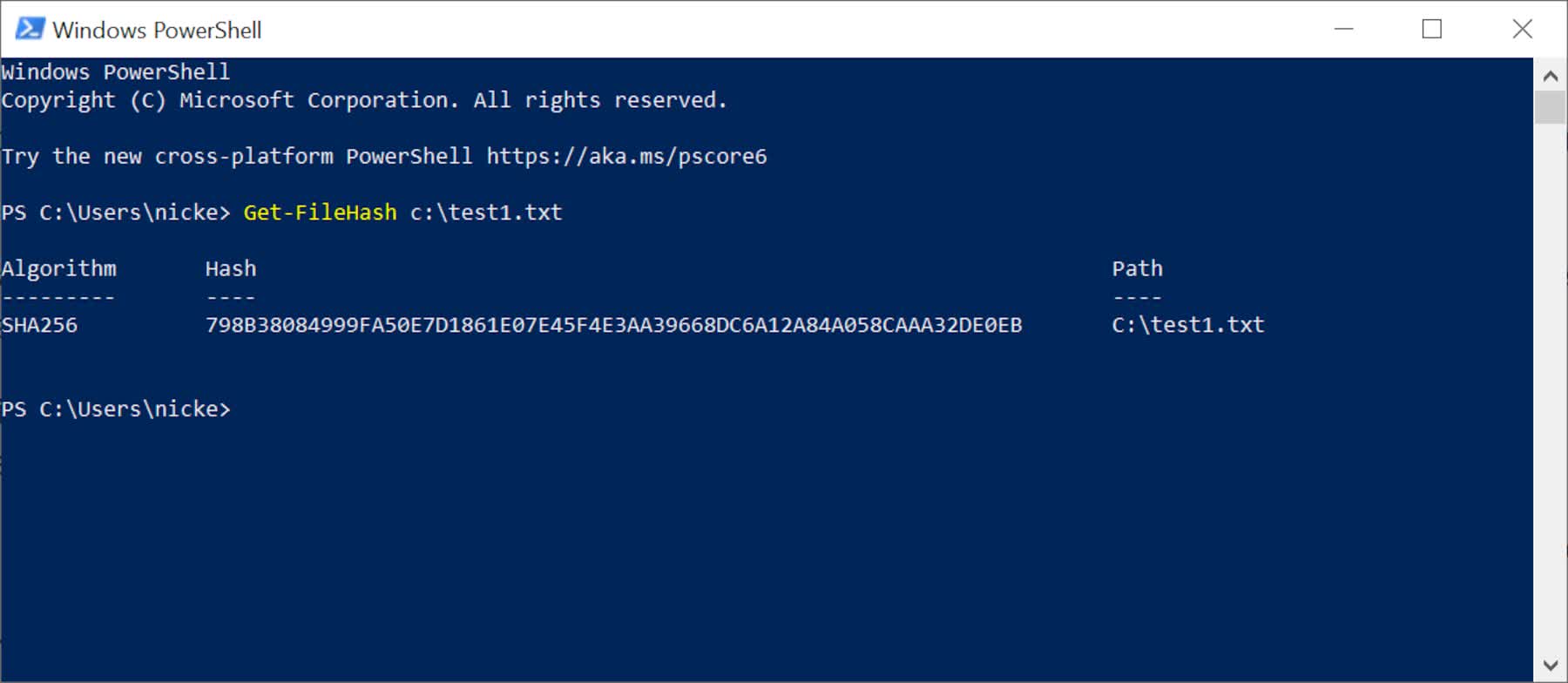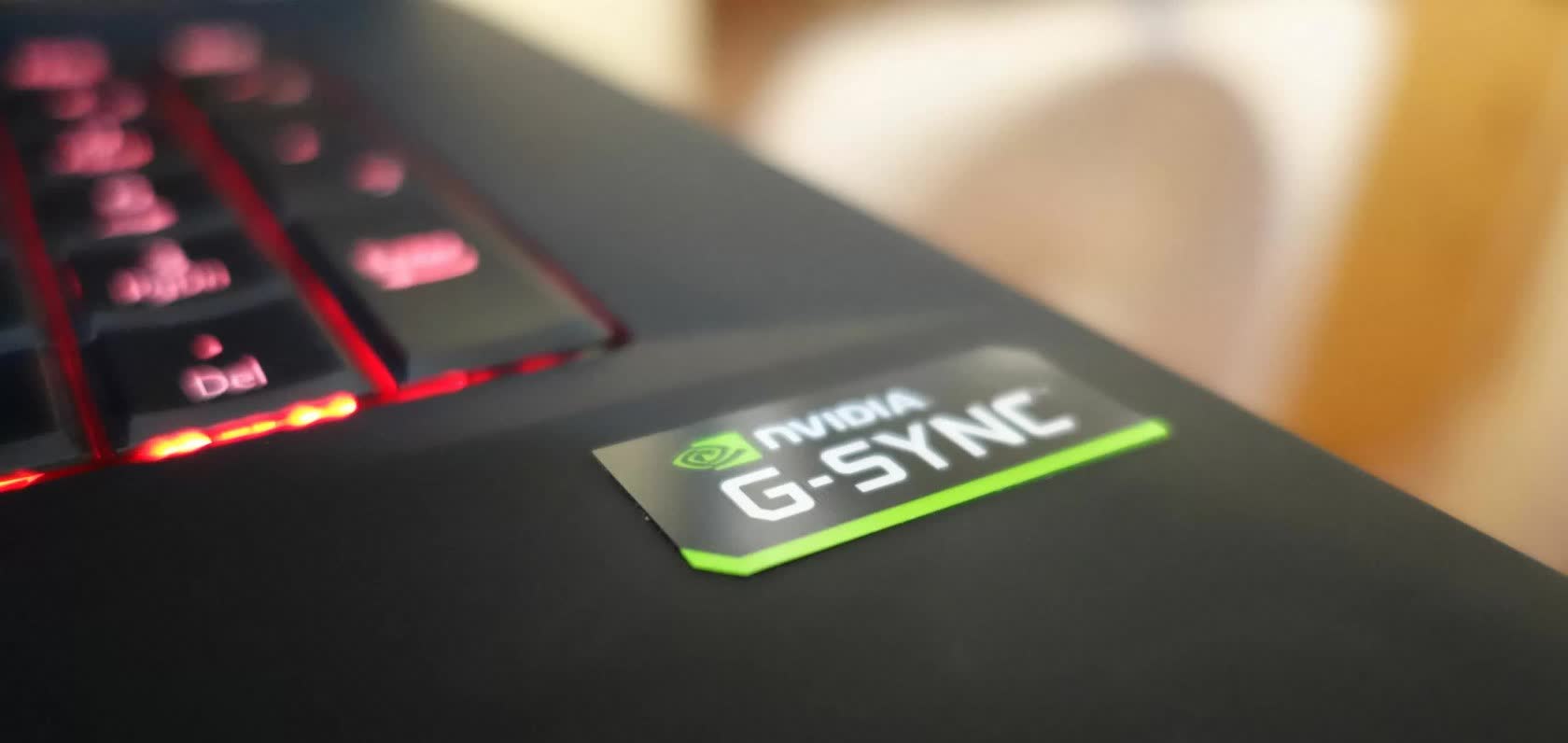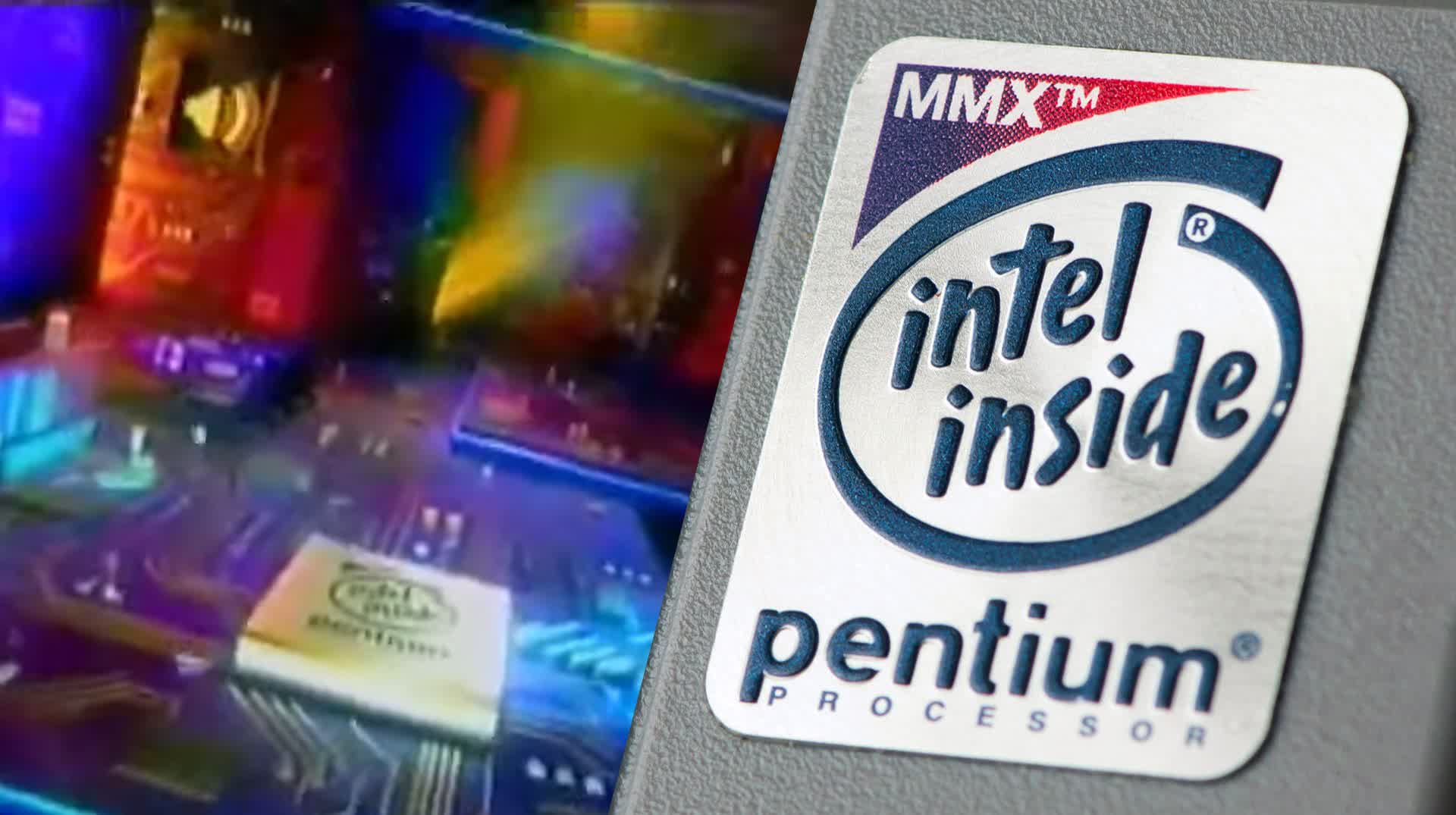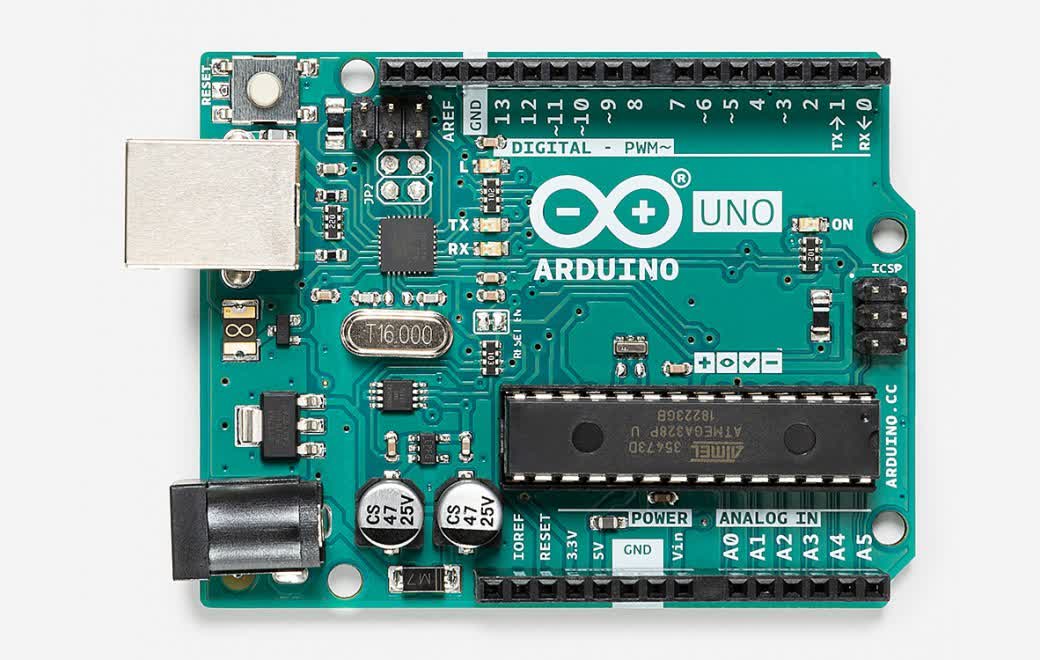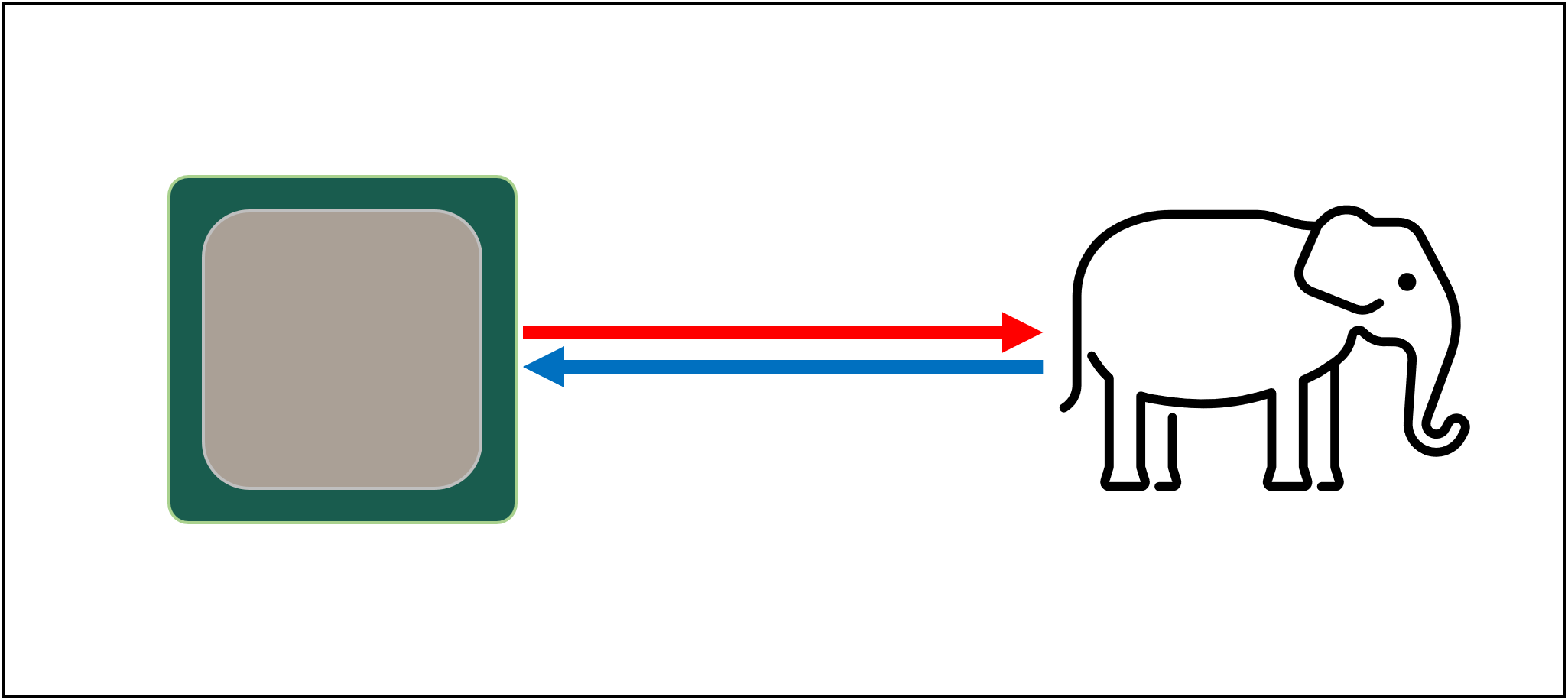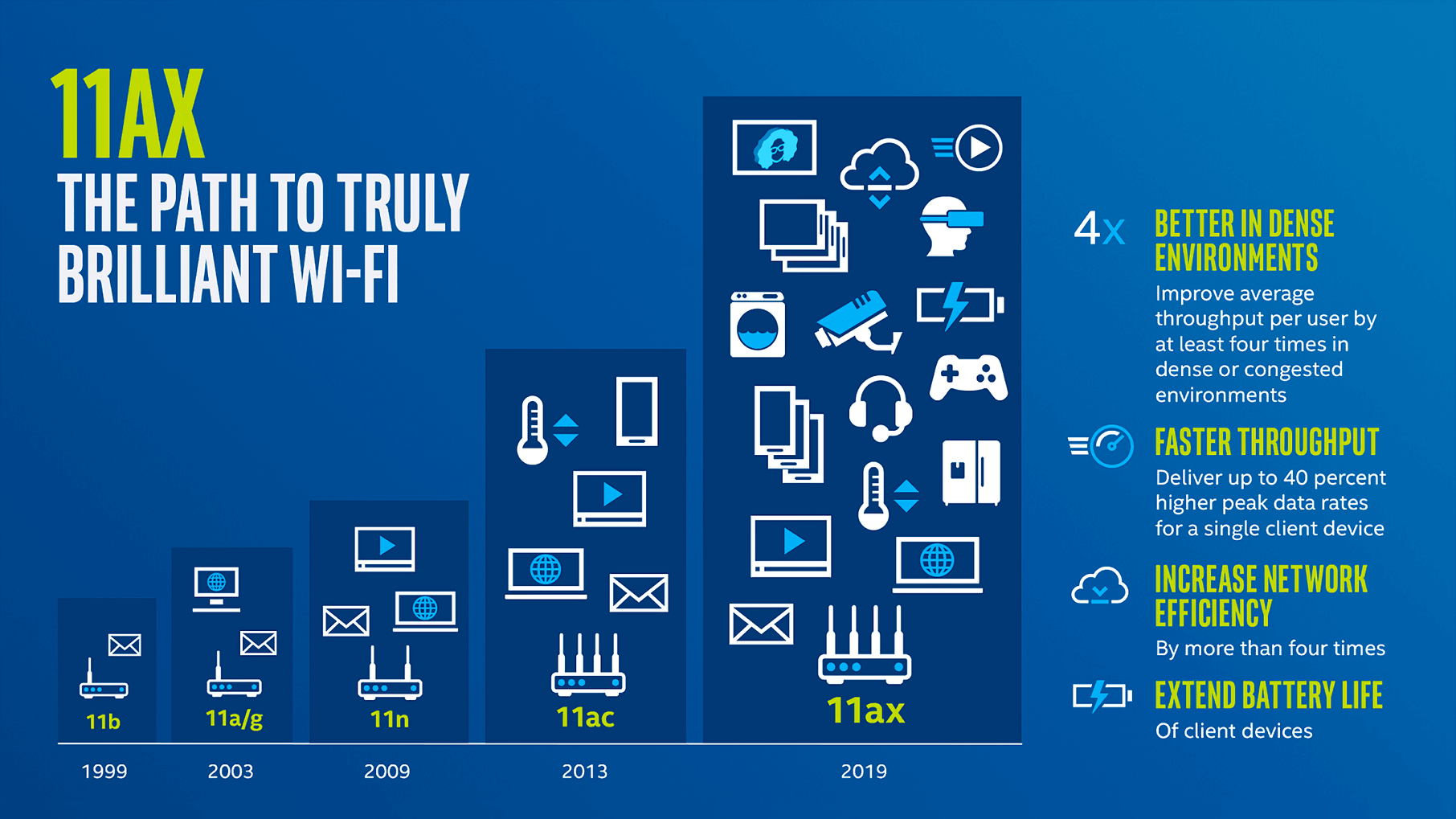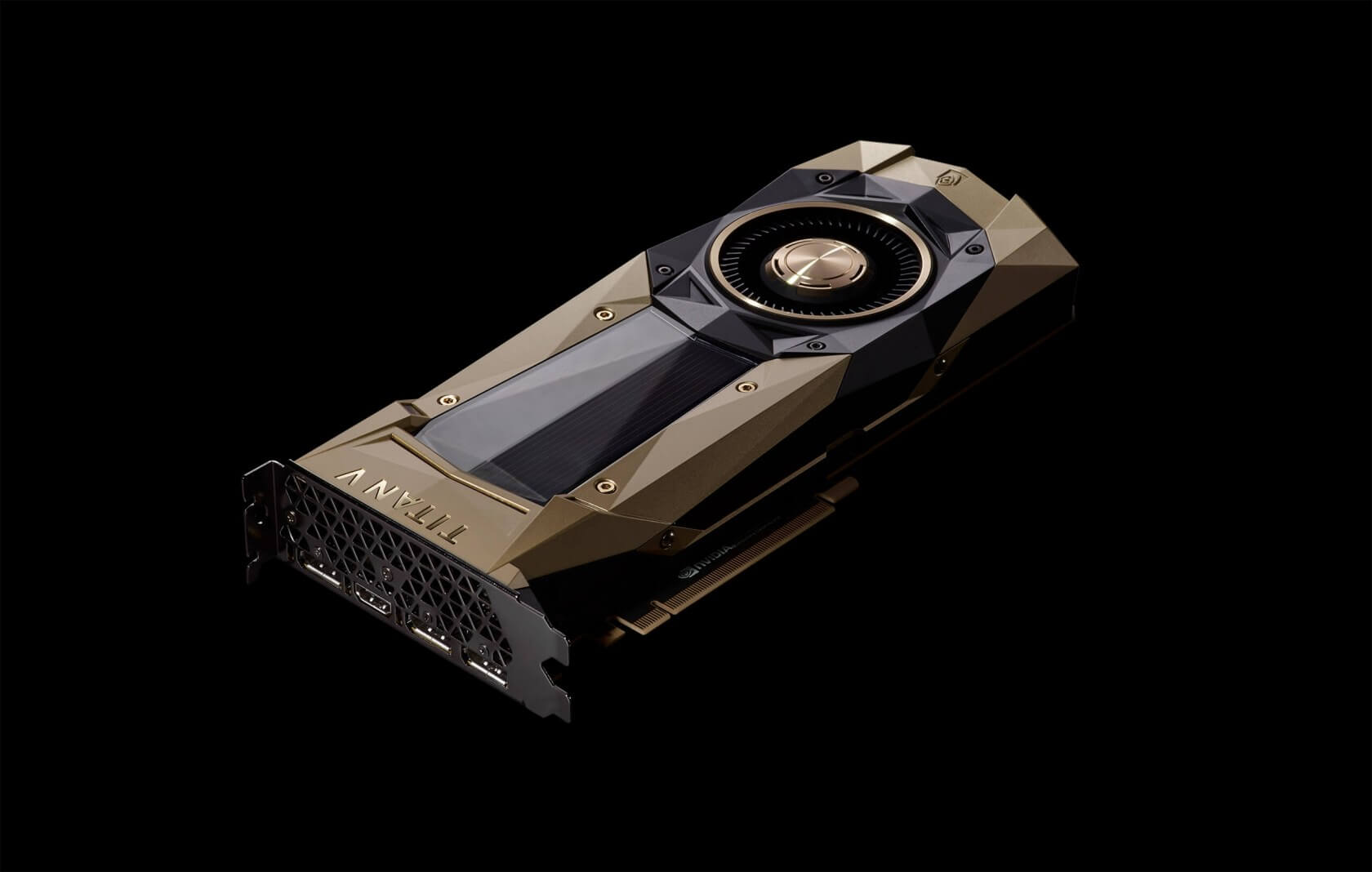Explainer articles
Path Tracing vs. Ray Tracing, Explained
#TBT Every few years it seems like there's an amazing new technology with the promise of making games look ever more realistic. We've had shaders, tessellation, shadow mapping, ray tracing -- and now there's a new kid on the block: path tracing.
GPU Architecture Deep Dive: AMD RDNA 3, Intel Arc Alchemist and Nvidia Ada Lovelace
Three vendors. Three new architectures. Three approaches to GPU design. Join us as we dive right into their semiconductor hearts and see how Ada Lovelace, Alchemist, and RDNA 3 contrast and compare.
Explainer: What Are Processor Threads?
Modern PCs have CPUs that can handle anywhere from 4 to 32 threads simultaneously thanks to developments in chip design and manufacturing. But what exactly are threads and why are they so important?
Explainer: What is a File System?
There are many different ways to organize files and directories in a computer, but in the abstract of how that happens at the hardware and OS level is typically assigned to the file system. This is how it works.
Aiming for Atoms: The Art of Making Chips Smaller
#tbt In the world of semiconductors, bigger numbers are often better. More cores, higher GHz, greater FLOPs. But there's one measure where smaller is better. Enter semiconductor manufacturing and the technology node.
We Cannot Live Without Cryptography!
The word cryptography evokes images of spies, secret messages and covert agencies. But what is cryptography? Cryptography is the method of scrambling data so that it looks like gibberish to anyone except those who know the trick to decode it.
Display Tech Compared: TN vs. VA vs. IPS
When choosing a new computer monitor, the type of panel used by the display is a key piece of information that reveals a lot about how the monitor will behave and perform. By far the most common types of display panels are TN, IPS and VA.
What is Crypto Mining?
Today, there are at least 1 million miners for Bitcoin alone. How is this all happening? What role is the miner playing? And how might this change the landscape of computing in the future?
How CPU Cores & Cache Impact Gaming Performance
At some point you may have heard someone say that for gaming you need X amount of cores. Examples include "6 is more than enough cores," or "you need a minimum of 8 cores for gaming," let's address that misconception.
What is Quantum Computing?
Quantum computers are beginning to emerge in many industry and research labs. But what are qubits? And are the challenges ahead to control the quantum properties of our universe and leverage that for computing?
Explainer: What is an API?
Direct3D. OpenAL. Winsock. You've probably heard of these and you might have even used them before. We're talking about APIs -- the golden fleece to programmers around the world. Join us as we explain just what an API is, and take a quick look at where and how they get used.
How 3D Game Rendering Works: Anti-Aliasing
The 3D games we play and love are all made up of thousands, if not millions, of colored straight lines, which inevitably will look jagged in our screens if not for smoothing anti-aliasing techniques. Let us explain in this new deep dive.
What Is a Checksum, and What Can You Do With It?
A checksum is a number, in the form of a binary or hexadecimal value, that's been derived from a data source. The important bits to know are that it's typically much smaller than the source, and it's also almost entirely unique.
FreeSync and G-Sync: What You Need to Know
Adaptive sync display technologies from Nvidia and AMD have been on the market for a few years now and gained plenty of popularity with gamers thanks to a generous selection of monitors with plenty of options and a variety of budgets.
Explainer: What are MMX, SSE, and AVX?
Computer technology is no strange to acronyms: CPU, RAM, SSD, to name but a few. Ever so often, new ones appear on the scene in the never-ending quest to improve the capabilities of our computing devices. Today we'll explain processor instruction set extensions MMX, SSE, and AVX.
Explainer: What Is Arduino?
When it comes to computing devices, the headlines tend to go to biggest and fastest, but not always. Say hello to Arduino, a project that has inspired millions around the world to get into the vast ocean of electronics and programming.
Display Tech Compared: TN vs. VA vs. IPS
#tbt By far the most common types of display panels used on PC monitors are TN, IPS and VA. We're sure you've heard these terms before if you've researched monitors to purchase, and to be clear, the type of panel is a key piece of information that reveals a lot about how the monitor will behave and perform.
Explainer: How USB Works (and How It's Remained Ubiquitous and Ever Evolving)
For 25 years, the USB port has been a faithful old friend, connecting and powering our everyday gadgets and peripherals. But how exactly does it that happen? Welcome to our explainer on the inner workings of USB, and a look at how it's managed to survive for so long when others have come and gone.
10 Big Misconceptions About Computer Hardware
With technology advancing so rapidly around us, sometimes misconceptions can work their way into our common understanding. In this article, we'll take a step back and go over some of the most common things people get wrong when talking about computer hardware.
Explainer: L1 vs. L2 vs. L3 Cache
Every single CPU found in any computer, from a cheap laptop to a million-dollar server, will have something called cache. It must be important, otherwise why would it be there? But what does cache do?
Wi-Fi 6 Explained: What's New and Why You Might Be Interested
Wi-Fi is set to get better and faster. While plenty of routers are already available with chips using draft specifications, 802.11ax Wi-Fi was not finalized until late 2019, ushering in a wave of updated devices touting new wireless capabilities that will contribute toward next-generation networks with more speed and less congestion.
Explainer: What Are Tensor Cores?
Nvidia has been making graphics chips that feature extra cores, beyond the normal ones used for shaders. Known as tensor cores, these mysterious units can be found in thousands of system, but what exactly are they and what are they used for? Today we'll explain what a tensor is and how tensor cores are used in the world of graphics and deep learning.
Can It Run Crysis? An Analysis of Why a 13-Year-Old Game Is Still Talked About
Every once in a while, a video game is made that becomes part of the industry's history. For PC gamers, there's one title that's almost legendary thanks to its incredible, ahead-of-its-time graphics and ability to grind PCs into single digit frame rates. Join us as we take a look back at Crysis and see what made it so special.
Explainer: What Is Machine Learning?
Machine learning (ML) is the study of computer systems that automatically improve with experience, a hot topic in the last few years, but a concept that's been around for decades. IBM programmer and AI pioneer Arthur Samuel coined the term "machine learning" in 1952.
